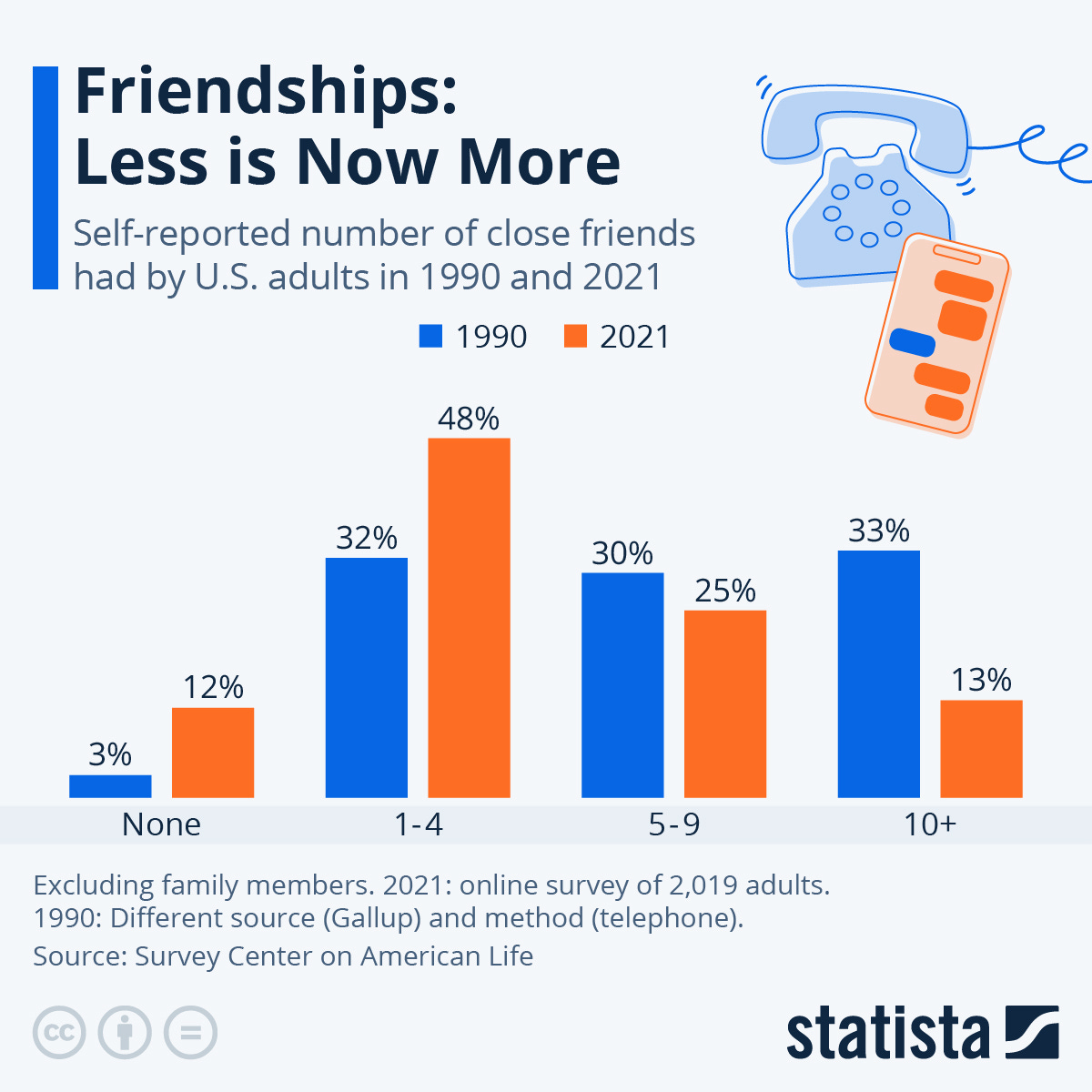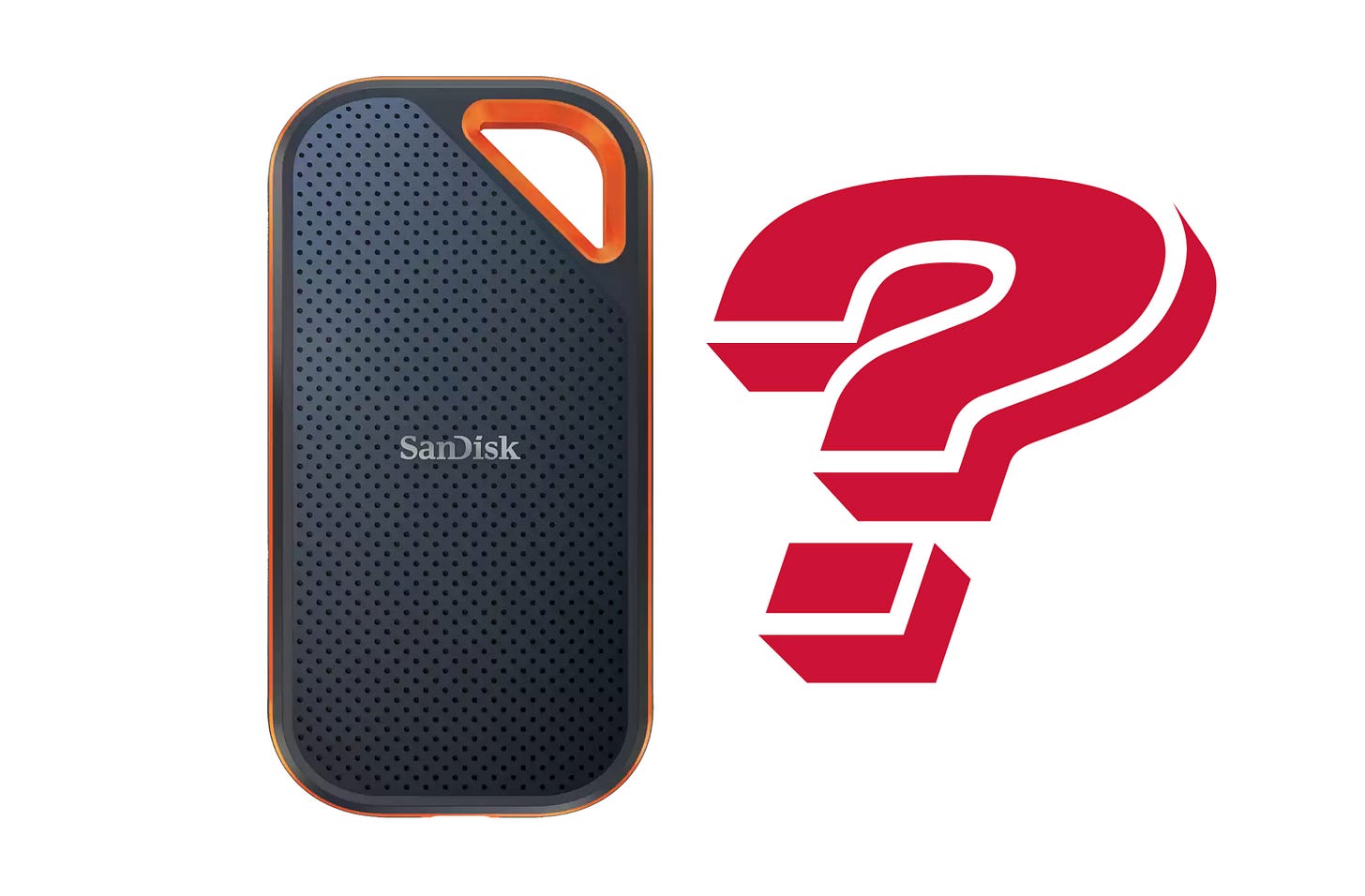Sree’s newsletter is produced with Zach Peterson (@zachprague), with the Digimentors Tech Tip from Robert S. Anthony (@newyorkbob). The images above were generated on Jasper.ai using the following enhanced prompt: “Create a photorealistic oil painting that evokes the feeling of solitude and isolation. Focus on a single central figure and use a muted color palette to emphasize the somber mood. Experiment with brushwork and texture to give the work depth and gritty realism. Consider incorporating elements of urban decay or desolation.”
🗞 @Sree’s #NYTReadalong: Our guest this week is Adrienne Green, NYT Deputy Editor of Special Projects, who supervised NYT Mag’s special issue on 50 years of hip hop. Watch live Sunday 8:30-10 am ET (1:30-3 pm GMT) at this link or catch the recording there. You’ll find three years’ worth of archives at this link (we’ve been reading the paper out loud on social for 7+ years now!). The Readalong is sponsored by Muck Rack. Interested in sponsorship opportunities? Email sree@digimentors.group and neil@digimentors.group.
🎯 Work with us! Our company, Digimentors, works to increase the digital footprint and impact of companies and nonprofits around the world. We do this via digital and social consulting, as well as virtual/hybrid events production and all kinds of training. See our updated brochure (would love your feedback). Get in touch (no project too big or too small): sree@digimentors.group and neil@digimentors.group. If you’d rather chat, here’s my Calendly.
🤖 I’m now offering workshops about AI, ChatGPT, etc. They’re 20 minutes to 3 hours long, remote or in-person. No audience is too big or too small. If you know of any opportunities to present these (customized for businesses, nonprofits, schools, etc), LMK: sree@digimentors.group. Here’s the brochure to my non-scary guide to AI: http://bit.ly/sreeai2023
***
WE’VE REVOLUTIONIZED COMMUNICATION AND WE’VE NEVER BEEN SO LONELY. There have never been more ways to connect with our fellow humans, and yet, here we are in the midst of a true loneliness epidemic.
In May, Dr. Vivek Murthy, U.S. Surgeon General, released an advisory about the perils of loneliness and the many knock-on effects it can have on a person’s health:
The physical health consequences of poor or insufficient connection include a 29% increased risk of heart disease, a 32% increased risk of stroke, and a 50% increased risk of developing dementia for older adults. Additionally, lacking social connection increases risk of premature death by more than 60%.
60%. Loneliness kills.
One of the graphics from the Surgeon General’s advisory really puts it all out there. Americans are spending significantly less meaningful time with other people since 2003, and the trends are only getting worse:
A big part of this is America’s lack of public spaces where people naturally congregate. The “town square” has gone digital, and people of all walks of life and ages are suffering for it (I wrote last week about Twitter giving up its role as the town square). I am planning a longer piece on this specific aspect of our social fabric, but I want to plant the seed now with a small, anecdotal bit about everyday life in Europe from my co-producer Zach, who has lived in the Czech Republic for the past 15 years.
I grew up in rural northern Minnesota and spent a significant amount of time back home in 2021 and 2022 with my wife (who was born and raised in the Czech Republic) and my two kids who had never really spent such a significant amount of time in America. In short, it comes down to cars.
We lived in Prague for over 10 years, and it’s shocking how much walking one does on a given day while living in the city. It’s remarkably well-connected with buses, trams, and a proper metro system, but if the weather even creeps above tolerable, people just walk everywhere. This is obviously true for most major European cities as well, but the same is true for small towns. The actual, analog town square still exists here, and, while I’m no social scientist, it’s not hard to notice the difference, especially on weekends.
People wake up, walk downtown, grab some fresh bread, a coffee, maybe something to take back home to cook for lunch, and it’s just a totally normal thing. We’ve travelled a lot on the continent and spent significant amounts of time in other countries (in non-touristy villages and towns) and the same is true throughout — people randomly interacting with other people.
When we were home in Minnesota, this was lacking to say the least. Main Street in my home town is basically dead aside from a couple of bars, and we saw much the same everywhere while living out of an RV for a year and covering a few thousand miles across 16 states. My town doesn’t even have a grocery store anymore…but it has two dollar stores. Basically, a random encounter with your 5th grade science teacher has been replaced with the convenience of an endless supply of Doritos.
America’s descent into loneliness is not a new phenomenon. A simple search for news articles, or on YouTube, provides a wealth of info going back over the last decade-plus. Here’s a piece from 5 years ago:
Last week, Hillary Clinton penned a long piece for The Atlantic (paywalled) in which she outlines her experience with loneliness in America, and how it contributed to the rise of Trump’s MAGA movement. I’m not going to fully endorse that view, because I just don’t think it’s really that simple, but it’s hard to deny that loneliness has contributed to the rise of hate and conspiracy theorism in our politics. It’s much harder to talk a friend off the ledge via text message than in real life — that’s just a fact. And, given that we have fewer friends than ever, it’s not hard to draw the line between loneliness and ugly personal politics.
I’ve been thinking a lot about the importance of close male friendships and doing my best to connect/reconnect properly with some of my male friends. e.g., Am in the midst of planning an annual reunion for my all-boys high school class at the moment.
So I listened carefully as a caller sent in a letter to the always-fab Brian Lehrer Show on WNYC Radio for a segment he hosted this week with Jenée Desmond-Harris (aka, Slate “Dear Prudence” advice columnist):
Michael, a friend of mine for over 35 years, is now 67 years old. A shift is taking place: Michael does not have personal conversations with me anymore, instead he speaks to me as if giving a lecture. Loud, forceful diatribes about politics, money, relationships…. He is the EXPERT on all things now. This tendency is relatively new, and I have witnessed this shift gradually over the last few years (especially about politics – and we are both progressive liberals). I want to be supportive of Paul, but I find myself getting sucked into his rants, and these turn into arguments between us, usually over obscure and meaningless facts. <snip> We have had so many great supportive conversations over these many years, and I miss them. How do I kindly head off his rants at the pass?
Listen to advice from Brian, Jenée and WNYC callers here; fast forward to the 25-minute mark. (BTW, in 2006, I got to guest-host Brian’s show; two hours that were a #LifeHighlight. You can hear the recording here.)
— Sree / Twitter | Instagram | LinkedIn | YouTube | Threads
⚒️ NEWISH: Digimentors Tools Kit: People are always asking me for recommendations for gadgets, gizmos, websites, etc. So my Digimentors team has created a tools kit we will keep updating. Take a look!
PS: Thank you to the wonderful Joyce Carol Oates for recommending this newsletter. She doesn’t need my endorsement, but I strongly recommend hers!
DIGIMENTORS TECH TIP: SanDisk’s Extreme Data Disappearing Act Irks Users
By Robert S. Anthony
Each week, veteran tech journalist Bob Anthony shares a tech tip you don’t want to miss. Follow him @newyorkbob.
If you’re a good magician, a quality disappearing act can be an awesome showstopper. It’s not so much fun, however, if you’re a data-storage device maker whose products are causing users’ bits and bytes to vanish. That’s exactly what SanDisk is dealing with.
For the past few months, tech publications and websites have been awash with examples of SanDisk’s Extreme and Extreme PRO solid state drives (SSDs) failing, leaving users with nothing but colorful paperweights. The units are very popular with professional photographers and videographers because of their superfast data-transfer speeds and large data capacities.
The Verge, for example, reported that a staffer lost three terabytes of video on a SanDisk SSD which had been received as a replacement for a previous one that had failed. Ars Technica, which reported that a staffer lost all data on two SanDisk Extreme PRO units, went as far in a headline to say that “It's time to ignore the company's SSDs.”
PetaPixel said it could “no longer recommend” SanDisk SSDs, adding that some staffers “have stopped using SanDisk portable SSDs regardless of their age out of an abundance of caution.”
Unlike conventional hard drives which have rotating platters and moving read heads which can get damaged in even a modest fall, SSDs have no moving parts—data is read from and written to silicon memory modules—and thus are usually very durable, reliable and fast. However issues with crashed SanDisk SSDs have become the subject of ample chatter on numerous online forums.
SanDisk’s customer-confidence problems are reminiscent of Samsung’s disastrous August 2016 rollout of its flagship Galaxy Note 7 Android smartphone. A design flaw caused some batteries to ignite or explode, prompting the Federal Aviation Administration to ban them from being taken on flights. After a period of silence from Samsung, all units were eventually recalled.
Western Digital, which acquired SanDisk in 2016, has also been unfortunately quiet on the matter so far other than to an offer a software update earlier this year that it said fixes “an issue that can cause SanDisk Extreme Portable SSD V2, SanDisk Extreme Pro Portable SSD V2, and WD My Passport SSD products to unexpectedly disconnect from a computer.”
It’s not clear where the reported issues with the SanDisk drives might be centered—in the memory modules themselves, the interface chips that connect them with other devices or in the manufacturing process. However, even as confidence in SanDisk SSDs dips, a search for the drives on Google will yield a number of outlets selling them at deep discounts and lots of articles waxing poetic on the quality and speed of the drives.
The bottom line for consumers: confusion. My advice: If you own one of the SanDisk SSDs in question, back up your data elsewhere regularly. And stay tuned for further developments.
❓Did we miss anything? Make a mistake? Do you have an idea for anything we’re up to? Let’s collaborate! sree@sree.net and please connect w/ me: Twitter | Instagram | LinkedIn | YouTube / Cameo.
And don’t forget…
🤖 I’m now offering workshops about AI, ChatGPT, etc. They’re 20 minutes to 3 hours long, remote or in-person. No audience is too big or too small. If you know of any opportunities to present these (customized for businesses, nonprofits, schools, etc), LMK: sree@digimentors.group. Here’s the brochure to my non-scary guide to AI: http://bit.ly/sreeai2023










Great piece Sree. I think what also factors into the hopper is the odd American obsession with rugged individualism - Marlboro Manism. To talk about that notion of men and friendship is an affront to those who believe they are totally self reliant, can figure things out by themselves and consequently don't need friendship.